Chopsticks. You've probably used them at some point in your life. But do you know where they came from? Whether you're a chopstick master or completely inept with the things, you may find it interesting to learn the history of these tricky sticks that can now be found pretty much all over the world. Let's see where it all started.
Chinese Origins
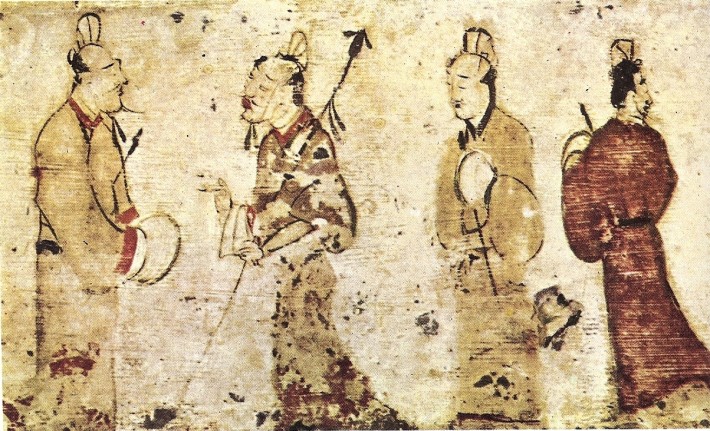
China has been using chopsticks since 1200 BC, maybe even earlier. The first known sets were made of bronze and were mainly used for cooking as they were handy for reaching into boiling pots of oil or water. It wasn't until 400 AD that people started eating with the things and then by 500 AD or so, chopsticks had spread all over Asia.
China also experienced a population boom around this time which forced folks to start pinching pennies (or yuan, if you prefer). Chinese people started using chopsticks because with more people there was less fuel, and with less fuel there was less fire. In order to cook things more quickly, people would cut their food up into smaller pieces to cook them faster. Can you guess what was just perfect for picking up smaller pieces of food? That's right – the chopstick.

Since food was more or less already bite sized at this point, knives started to serve much less of a purpose at the dinner table. Confucius also played a part in the popularization of chopsticks as an eating utensil in China. Confucius believed that sharp utensils like knives had no place at the dinner table. He thought that knives represented things like violence and warfare which did not go along with the feeling of joy and contentment he believed should be present at every meal.
Chopsticks In Japan
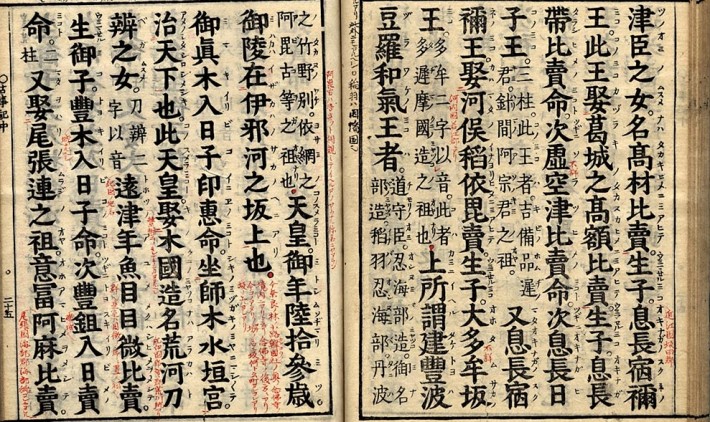
So chopsticks in China really got popular around 500 AD. How long did the chopstick craze take to get to Japan? Well, the oldest official records of chopsticks being used in Japan is from the Kojiki, written in 712AD, but they probably made it over there even sooner than that. Chinese culture made its way over to Japan through Korea earlier than that, and the chopsticks were sure to have been one of the things that made it over.
In the beginning, chopsticks were only used in Japanese ceremonies. These early Japanese chopsticks were made from bamboo and were joined at the top, kind of like those "trainer" chopsticks you see today.
Gradually these chopsticks made their way into the home and became used for eating on a regular basis. The first recorded instances of separated chopsticks being used for normal eating don't show up until 10th century Japan, but like before, people were probably doing this for a long time in some areas before someone thought it was a good idea to actually write down "Hey guys, we're using chopsticks to eat with now, k?"
Japanese Chopsticks Vs. The World's
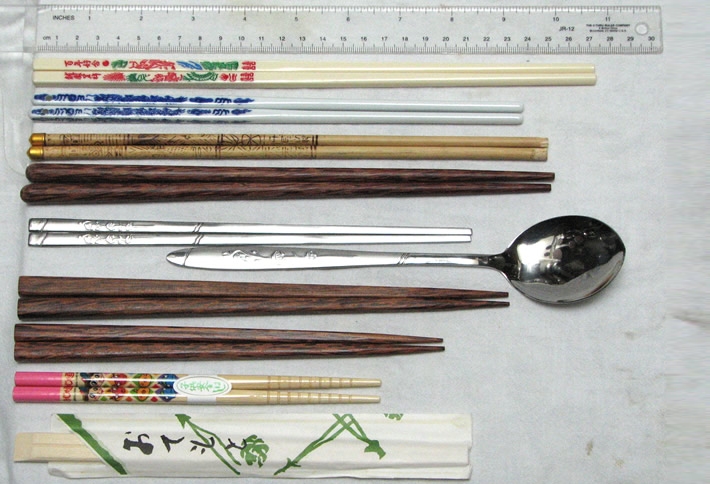
Did you know that not all chopsticks are alike? There are distinct differences between Japanese, Korean, Chinese, and Vietnamese chopsticks.
Japanese chopsticks are usually shorter than other chopsticks and taper to a fine point. They are traditionally made of bamboo or wood and are often lacquered. Japanese chopsticks also come in kid sizes and woman sizes which are even shorter than standard sizes. Bento sized chopsticks, which fit inside of bento boxes, can also be quite short and sometimes made of colorful plastic.
In Korea, chopsticks are a medium length with a flat rectangular shape. They are traditionally made from brass or silver and are used simultaneously with a spoon.
Chinese chopsticks are longer and thicker than both Japanese and Korean chopsticks. They have squared or rounded sides and end in blunt, flat tips. They can be made from many materials but are most commonly made from melamine plastic or lacquered bamboo.
Vietnamese chopsticks are usually longer than most. These chopsticks taper to a blunt point like Chinese ones and are traditionally made from lacquered wood or bamboo.

In Japan, the lacquered wood tradition started in the 17th century. The extravagant had their chopsticks made from jade, gold, ivory, or silver. Speaking of fancy, if you want a nice set of chopsticks to go with your fine tableware, Kyoto is considered the center of chopstick design. In terms of production, 85% of the country's chopsticks are made in nearby Obama, Fukui Prefecture.
But it's not all fancy pants chopsticks in Japan. In 1878, Japan produced the world's first disposable chopsticks, and today China and Japan use the majority of them. China is responsible for using 45 billion disposable chopsticks a year. Japan is about half of that at 24 billion.

A lot of deforestation has been linked to disposable chopsticks, so hopefully something here changes soon. You do see a lot more "bring your own chopsticks" holders on sale in Japan these days. They're kind of like travel toothbrush holders, but instead of a toothbrush, you have chopsticks. Still, that might not be enough so I hope people become more aware. Tell all your friends!
How to Use Chopsticks in Japan
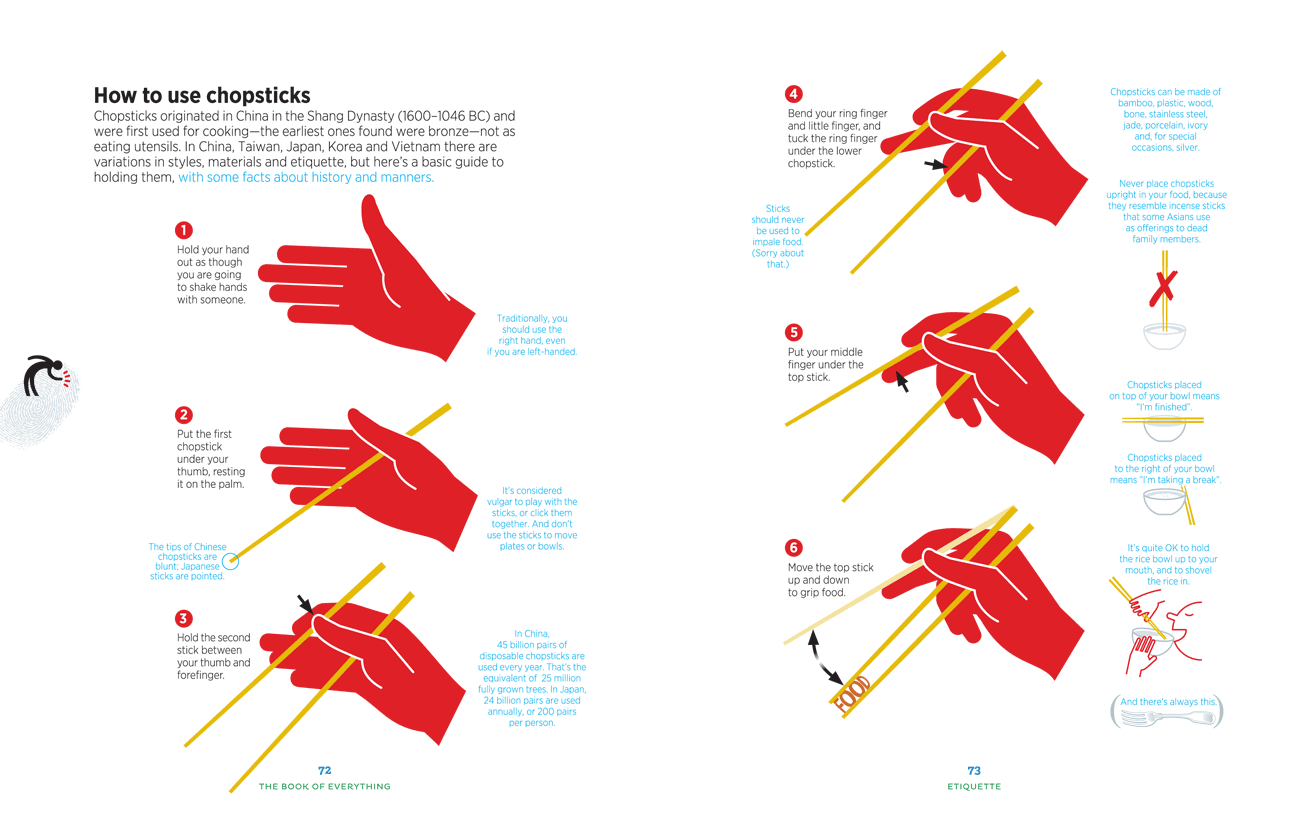
Different countries have different rules for chopstick etiquette, so if you want to impress people with your chopstick skills and knowledge in Japan, here's what you need to know.
- You should hold your chopsticks towards their back end, not in the middle or the front third. "Choking up" on your chopsticks is a surefire way to look like a noob.
- You also shouldn't spear food with your chopsticks, point or wave them around, or move bowls around with them. I feel like lots of people do this anyway though, even native Japanese people.
- To separate a larger piece of food, you'd exert controlled pressure on the chopsticks while moving them apart from each other. Controlled pressure is the important part. You don't want to end up flicking your food halfway across the room.
- Food should not be directly transferred from your chopsticks to someone else's. Transferring directly with chopsticks is how bones are passed as part of Japanese funeral rites, so it's not viewed as good practice at the dinner table. Unless you're a cannibal, then maybe it's okay. Maybe.
- Chopsticks also shouldn't be crossed on a table, as this symbolizes death, or vertically stuck in the rice, which is another funeral practice. See how these manners relate back to chopsticks that were originally only used in Japanese ceremonies?
- The pointed ends of the chopsticks should be placed on a chopstick rest when they're not being used. If a chopstick rest is not available and you're using disposable chopsticks, you can make a chopstick rest by folding the paper sleeve they came in. You could also rest it on a plate or lay it on top of a bowl. Just don't stab it into anything!
- Chopsticks should be placed horizontally with the tips on the left. Any other orientation would make you look like a hooligan. If you've been to Japan before, I'm sure you will have noticed that not everyone commonly adheres to all of these chopstick rules (I've seen it happen plenty of times), but I think they're good to be aware of just in case you find yourself in a super formal chopstick using situation. Wouldn't want to embarrass yourself!
Speaking of embarrassing yourself, for some good tips on how not to do this, I'd recommend checking out our guide on How to Save Yourself from Embarrassment in Japan and How to be a Baka Gaijin while Eating. You'll learn a lot, I promise.
Modern Iterations
Chopsticks have had quite the journey. But it's not over yet! Chopsticks are always evolving and changing even though the basic purpose remains the same. Check out some of these modern iterations.
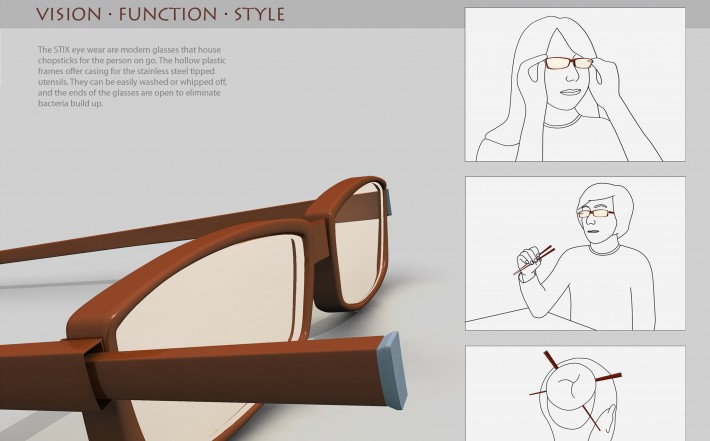
Always find yourself needing chopsticks when there are none to be found? Store some in your glasses! Problem solved!

Don't wear glasses? No problem! Store these collapsible chopsticks in your bag or pocket!
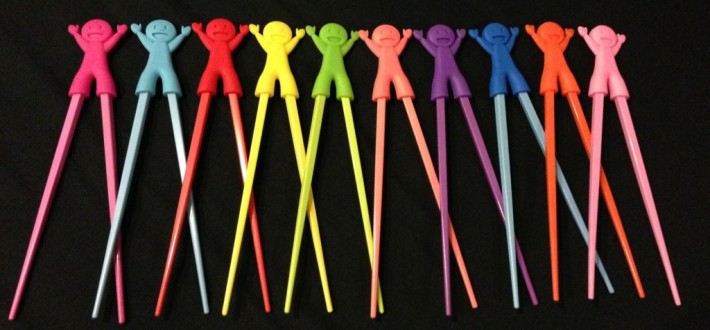
Remember those "trainer" chopsticks that were mentioned before? Well here's an example of what some of those look like. Cute, huh?
So, are you a chopstick master? Do you remember what it was like the first time you used chopsticks? When I was growing up I used to always eat rice and pasta dishes with chopsticks because I thought it was cool. Luckily this helped me not embarrass myself while at Asian restaurants and while studying abroad in Japan. I was prepared. I hope you're prepared now too!
